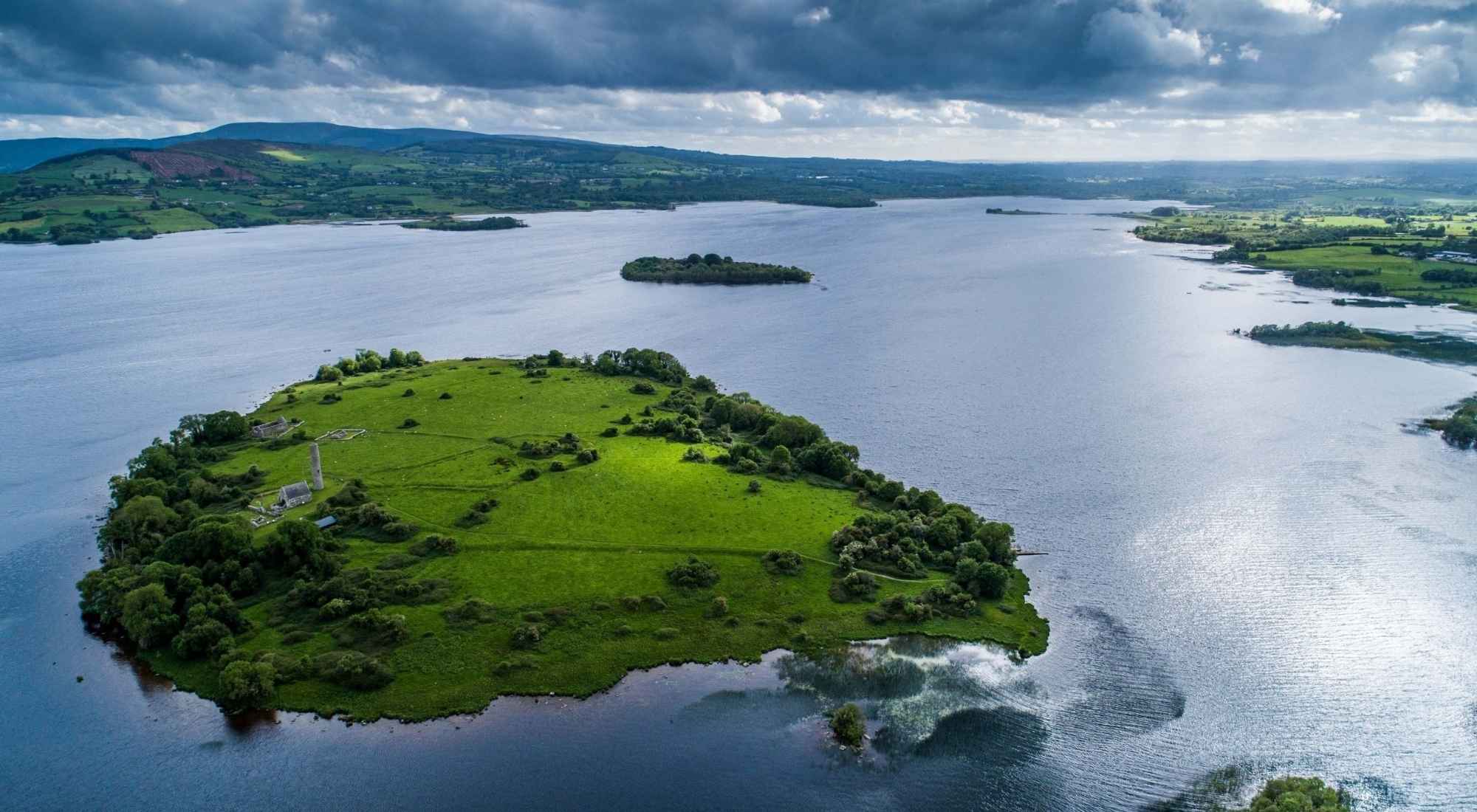McNamara warns Holy Island could be dropped from UNESCO List
Inis Cealtra (Holy Island) in East Clare will fall off Ireland’s Tentative List for UNESCO World Heritage Sites unless Clare County Council pulls out the stops now, according to Deputy Michael McNamara.
The Clare Independent T.D. was speaking following a Dáil exchange with Local Government and Planning Minister Peter Burke on the issue.
Holy Island was originally named on the UNESCO World Heritage Site Tentative List for Ireland as part of a group of early medieval monastic site along with Clonmacnoise, Durrow, Glendalough, Kells and Monasterboice in 2010. The Department of Housing, Local Government and Heritage is currently undertaking a review of the Tentative List with Local Authorities invited to submit applications by 30 June 2021.
In response to Deputy McNamara, Minister of State Burke said, “We anticipate receipt of the following five applications: The Burren, Glendalough Monastic City; the Passage Tomb Landscapes of Sligo, the Royal Sites and Valentia Transatlantic Cable Station. My Department does not anticipate receipt of an application with respect to the early medieval monastic sites, which has been part of the previous Tentative List, although, as stated, a standalone application for Glendalough Monastic City is expected to be received.”
Deputy McNamara responded to Minister Burke by asking if the process of selecting Irish sites for inclusion on the Tentative List is “a done deal”.
“The Minister of State clearly said that he anticipates certain applications but does not anticipate others. Is this a done deal?” asked the Clare T.D.
He continued, “As I said of the early monastic sites, I readily acknowledge Clonmacnoise would be universally accepted to be the most important. Glendalough is a beautiful place, as is Holy Island, but neither of them is quite Clonmacnoise. The big difference is that Glendalough is situated in the constituency of two Cabinet Ministers and Inis Cealtra is not situate in the constituency of a Cabinet Minister. That, of course, should not be anywhere near the criteria. It should be based on universal criteria and universal values. This is about protecting sites of universal importance.”
In his opening address, Deputy McNamara highlighted the unique heritage value of Inis Cealtra and Inis Cathaigh (Scattery Island).
Referring to the origins of a distinctly European civilisation, Deputy McNamara said: “It is indisputable that the idea of Europe was born in the early Middle Ages through the work of a network of monks and they had their origins in monasteries, including Inis Cealtra and Inis Cathaigh.”
Earlier this year, Deputy McNamara called on Clare County Council to submit applications for Inis Cealtra, Cahercommaun Ringfort and the Burren for inclusion on Ireland’s Tentative List for future World Heritage nominations to UNESCO and to explore submitting additional sites such as Scattery Island (Inis Cathaigh). He repeated that call this week.
Deputy McNamara pressed the Department to follow up on the nomination of Irish sites for World Heritage status during his first term as a T.D. (2011-2016) and remains critical of the Department’s lack of progress in increasing Ireland’s under-representation on the UNESCO world heritage site list, especially given the additional tourist footfall that comes with UNESCO World Heritage site status and the particularly high-value of those heritage tourists. Ireland currently only has two sites on the UNESCO world heritage list, Skellig Michael and Newgrange.
“That is the same number as Afghanistan which have spent much of this century in internal strife and without and effective government. By comparison, Austria and Denmark both have ten world heritage sites, the latter having advanced five sites to designation in the past decade,” he said.
